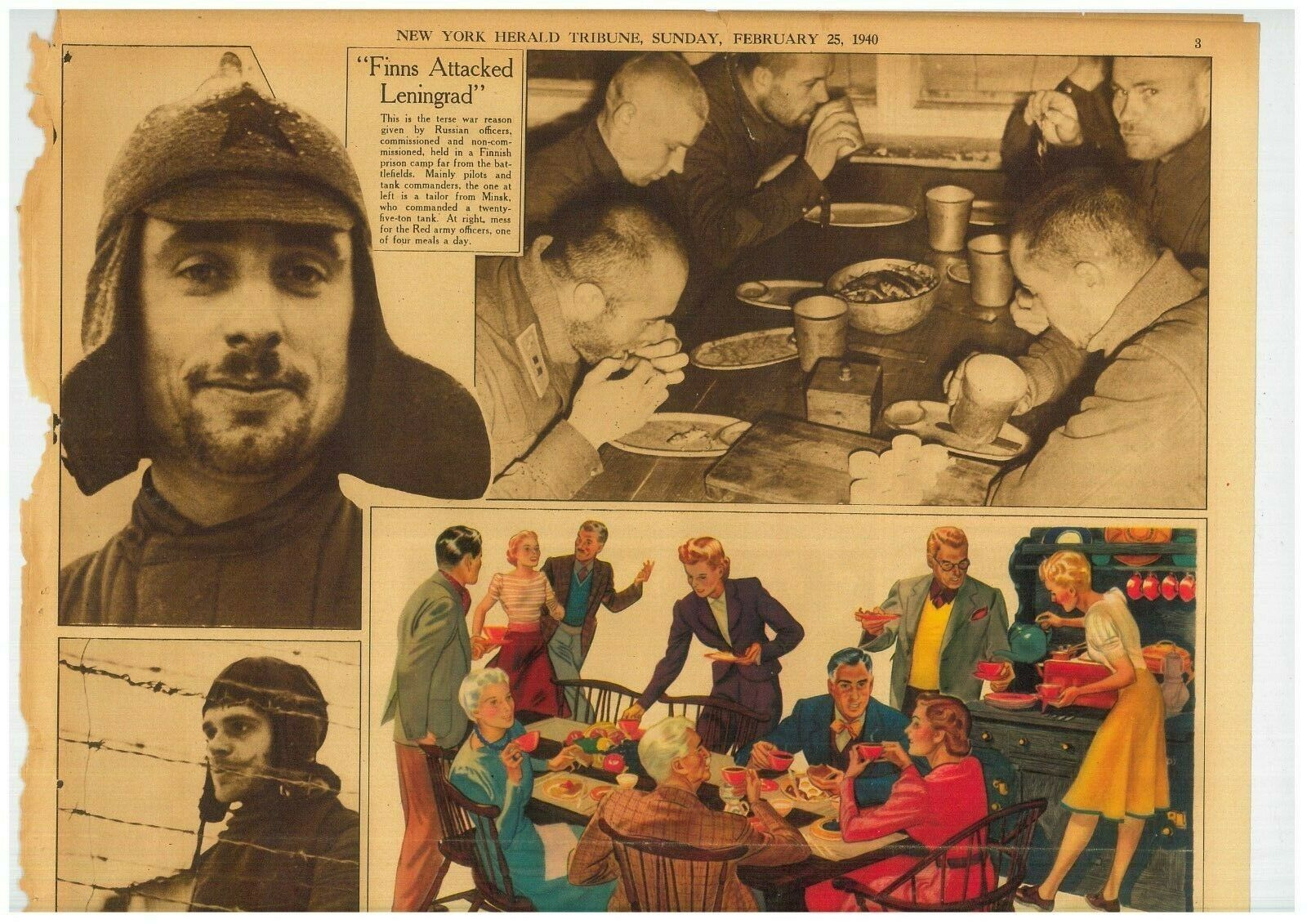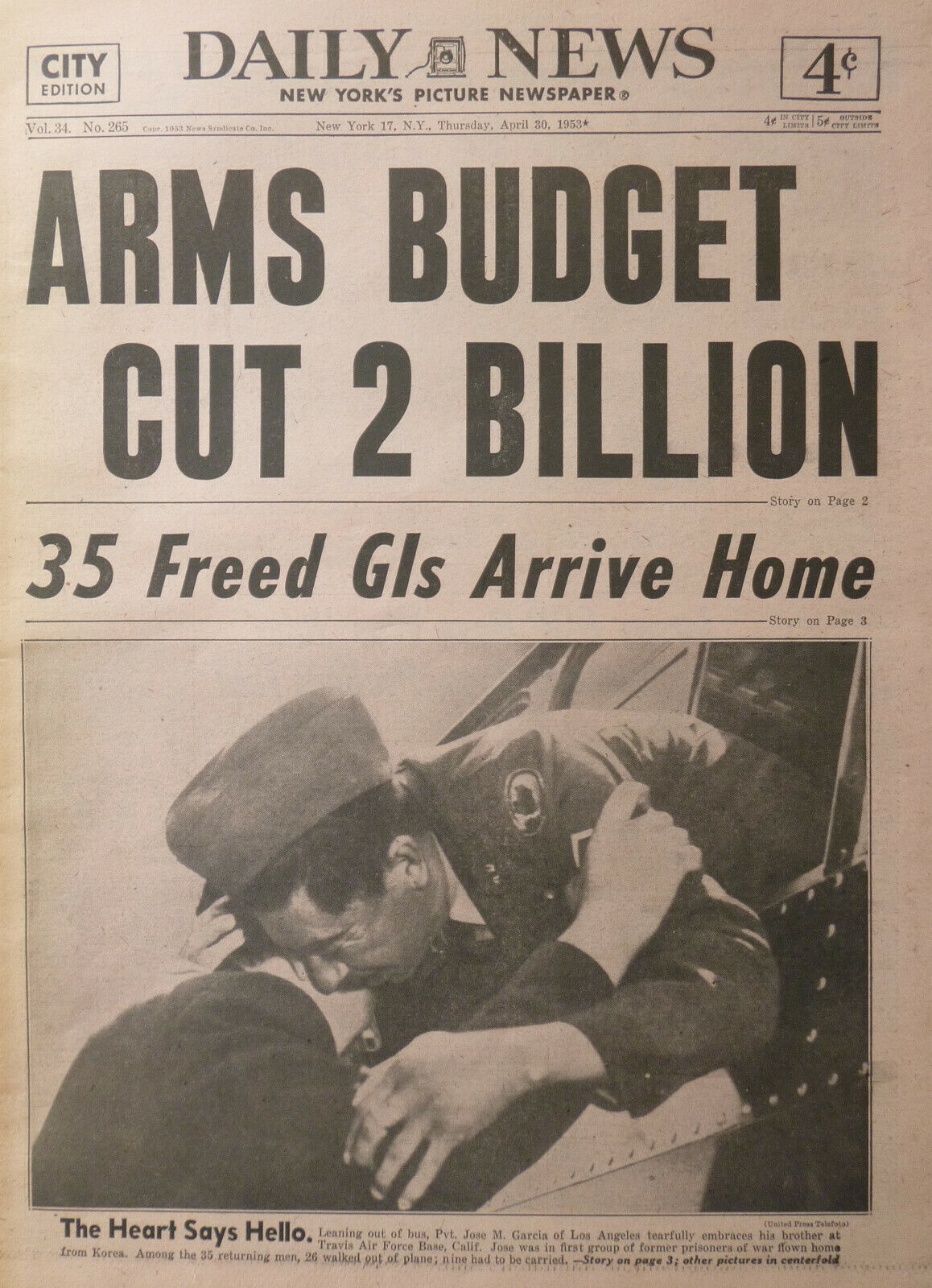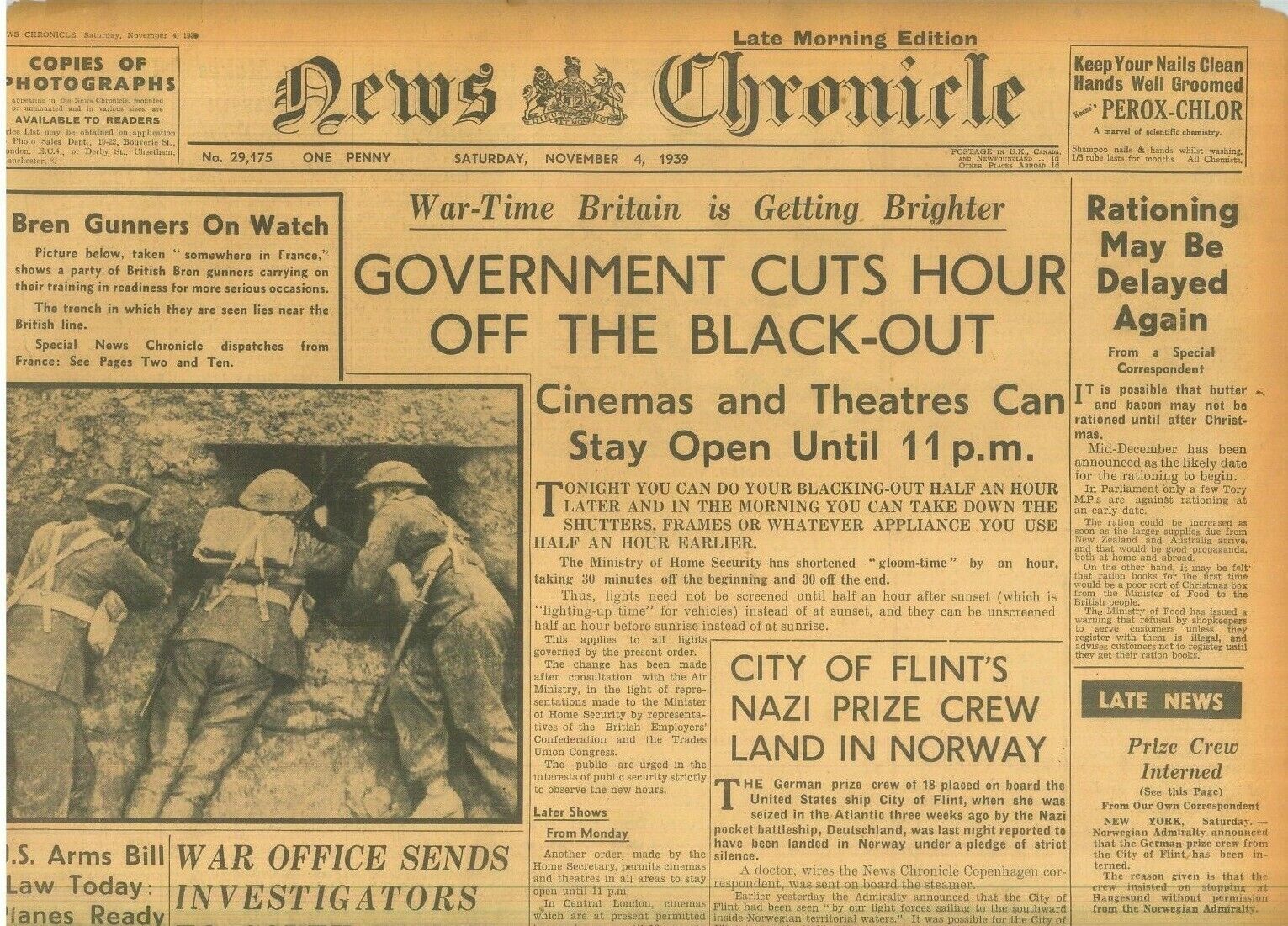-40%
Finland Attack's Leningrad Red Army officers Captured February 25 1940 B35
$ 15.31
- Description
- Size Guide
Description
After the Nazis invaded the Soviet Union in the summer of 1941, a German army surrounded the city of Leningrad in an extended siege beginning that September. In subsequent months, the city sought to establish supply lines from the Soviet interior and evacuate its citizens, often using a hazardous “ice and water road” across Lake Ladoga. A successful land corridor was created in January 1943, and the Red Army finally managed to drive off the Germans the following year. Altogether, the siege lasted nearly 900 days and resulted in the deaths of more than 1 million civilians.German and Finnish forces besieged Lenin’s namesake city after their spectacular initial advance during Operation Barbarossa. After a precipitous advance during summer 1941, forces of German Army Group North struggled against stubborn Soviet resistance to isolate and seize the city before the onset of winter. In heavy fighting during August, German forces reached the city’s suburbs and the shores of Lake Ladoga, severing Soviet ground communications with the city. In November, Soviet forces repelled a renewed German offensive and clung to tenuous resupply routes across the frozen waters of Lake Ladoga. Thereafter, German and Soviet strategic attention shifted to other more critical sectors of the Eastern Front, and Leningrad-its defending forces and its large civilian population-endured an 880-day siege of unparalleled severity and hardship. Despite desperate Soviet use of an “ice and water road” across Lake Ladoga to resupply its three million encircled soldiers and civilians and to evacuate one million civilians, over one million civilians perished during the ensuing siege. Another 300,000 Soviet soldiers died defending the city or attempting to raise the siege. In January 1943, Soviet forces opened a narrow land corridor into the city through which vital rations and supplies again flowed. Not until January 1944, however, didRed Army successes in other front sectors enable the Soviets to raise the siege. By this time, besieging German forces were so weak that renewed Soviet attacks drove them away from the city and from Soviet soil.










